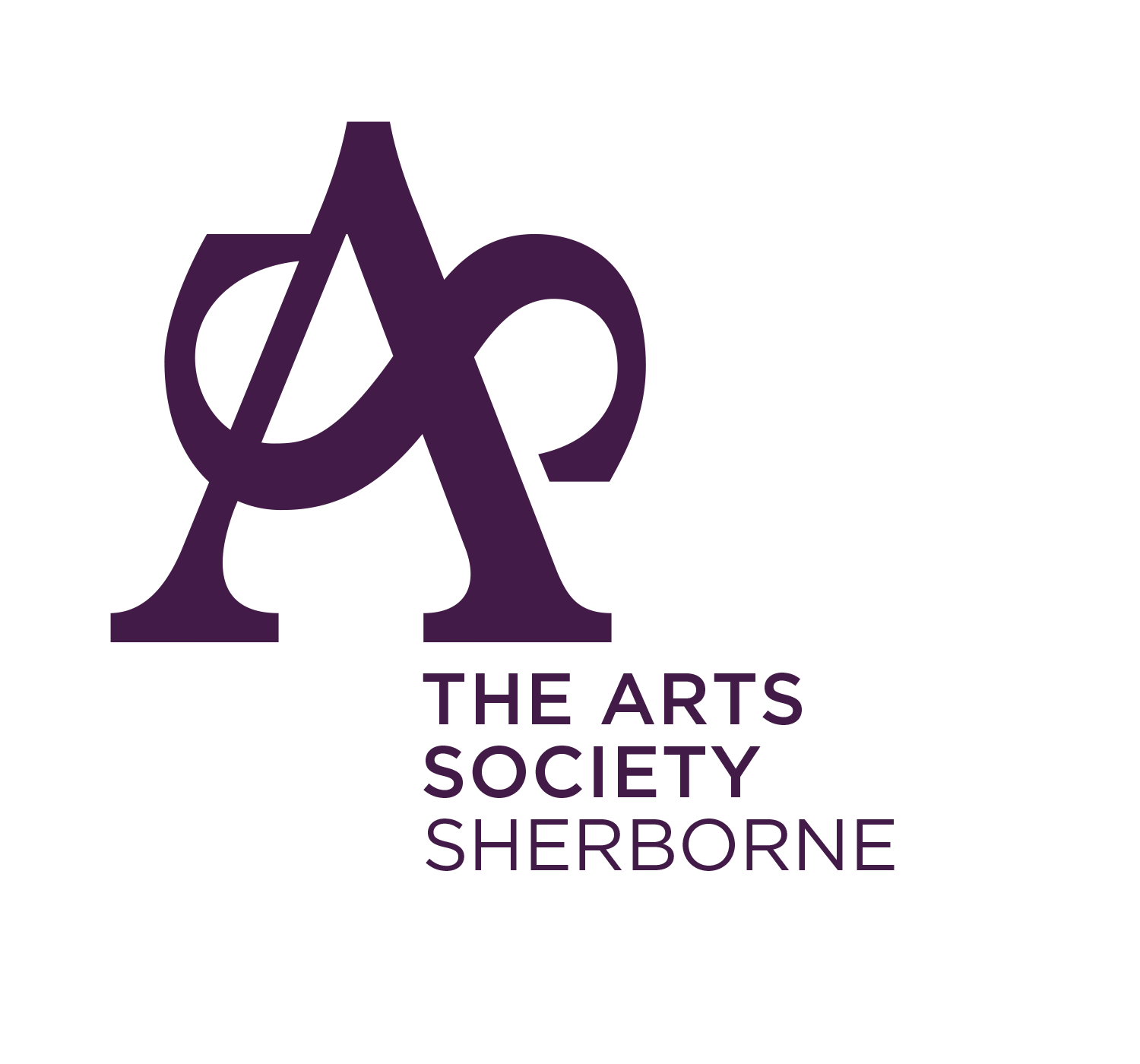Sicilian Splendours: From Greece to the Normans
5 May 2021
Zoom lecture at 5 pm
Today we look at the rich art, architecture and history of Sicily – the largest and wealthiest island of the ancient Mediterranean. First we see the Carthaginians, the first major invaders of Sicily and their atmospheric culture, still visible on the small island of Motya, and then come the Greeks, with beautiful cities such as Agrigento, and Syracuse and Segesta, with some of the Mediterranean’s most stunning ruins – beautiful temples and theatres. Then we see Roman Sicily, peaceful and prosperous, with cities such as Syracuse and Taormina, and the sumptuous ‘mosaic villa’ of Piazza Armerina. After Rome, comes the invasion of the Arabs with their revolution in society and agriculture, and then Norman Sicily – an extraordinary artistic flourishing, culminating in the mosaics of the mighty Norman basilicas

Lecturer: Dr Paul Roberts
Dr Paul Roberts is the newly appointed Sackler Keeper of Antiquities at the Ashmolean Museum, Oxford University. From 1994 to 2014 he was Senior Roman Curator in the Department of Greece and Rome at the British Museum, where he was the driving force behind the major exhibition Life and Death in Pompeii and Herculaneum. At the Ashmolean he worked on an exhibition for 2016 Storms, War and Shipwrecks: Sicily and the Sea– telling the history of Sicily through shipwreck finds around the island. He studied at the Universities of Cambridge, Sheffield and Oxford and lived in Italy for several years, in Milan, Rome and Naples. He has excavated in Britain, Greece, Libya, Turkey and in particular Italy, where he directs excavations in the Sabine hills near Rome. His research focuses on the day-to-day lives of ordinary people in the Greek and Roman worlds. He has accompanied tours to Sicily, the Bay of Naples and Rome and has written books on Roman daily life, Roman Emperors, mummy portraits and Roman glass. He is currently writing a walking tour of Ancient Rome




